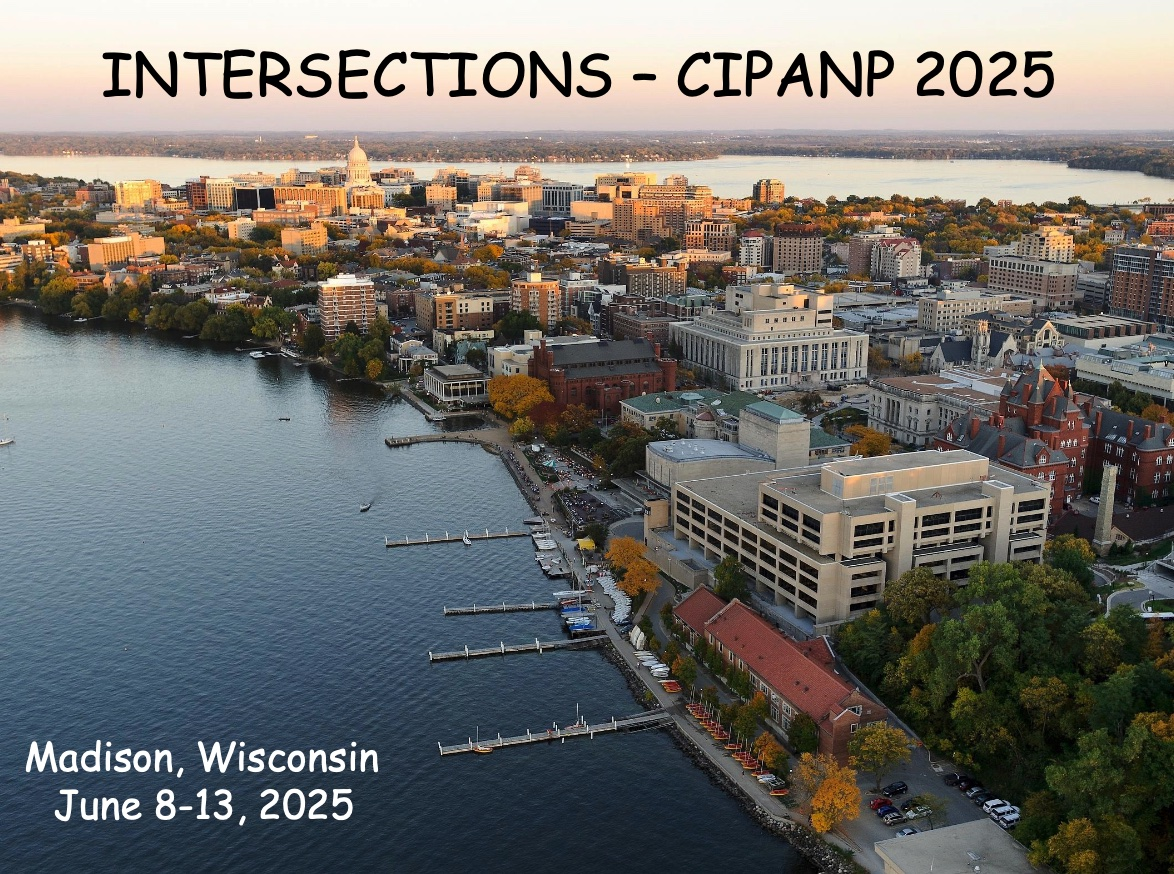Speaker
Description
We investigate how weak interactions and bulk viscosity affect oscillation modes in hot neutron stars, such as those formed after supernovae or neutron star mergers. At temperatures up to 5 MeV, weak interaction rates become fast enough to damp composition g-modes, low-frequency oscillations driven by composition gradients. We introduce the dynamic sound speed, a complex, frequency-dependent quantity that captures both restoring forces and damping effects from beta equilibration. Using realistic weak reaction rates and several nuclear equations of state, we show that bulk viscosity can strongly suppress or even eliminate g-modes at high temperatures. In contrast, the fundamental f-mode remains largely unaffected. These results may have implications for interpreting gravitational-wave and neutrino signals and contribute to understanding how dense nuclear matter behaves under extreme conditions.

